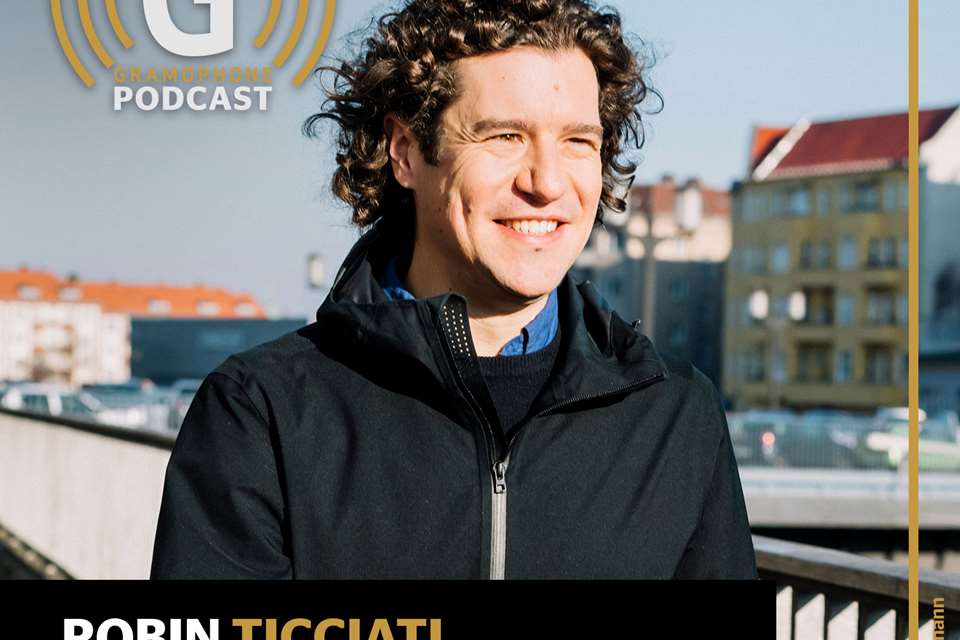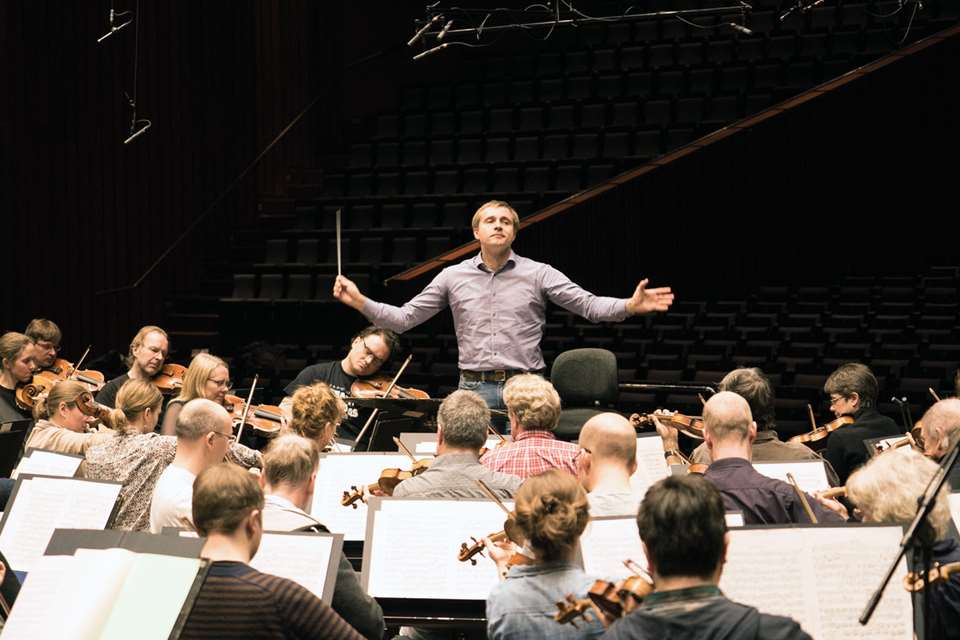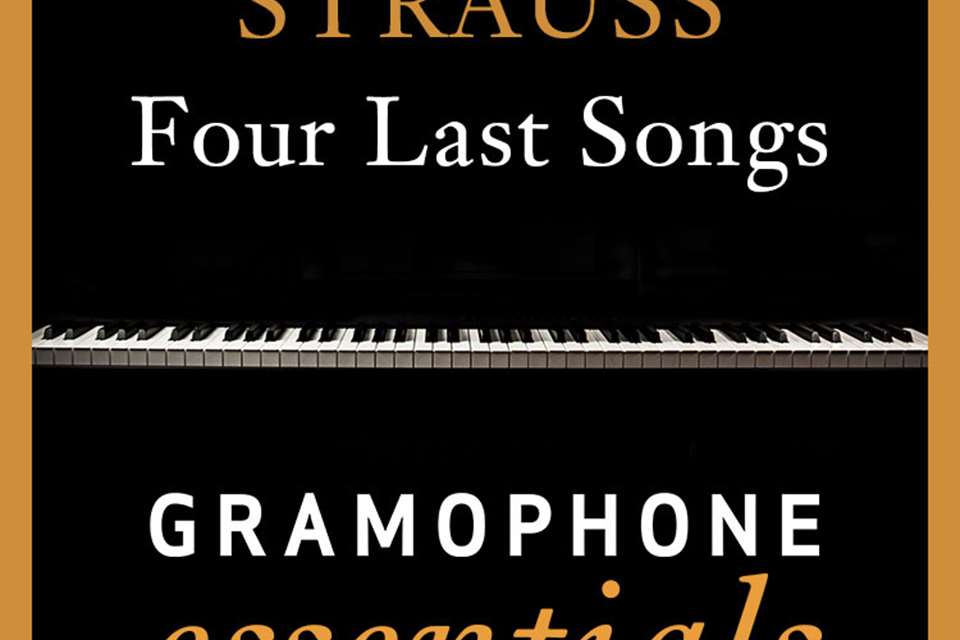Strauss’s Also sprach Zarathustra | A Complete Guide To The Best Recordings
Philip Clark
Tuesday, May 25, 2021
Strauss’s tone-poem may have been hijacked by the movies but there’s far more to the score than that famous sunrise, argues Philip Clark, as he seeks the finest recording
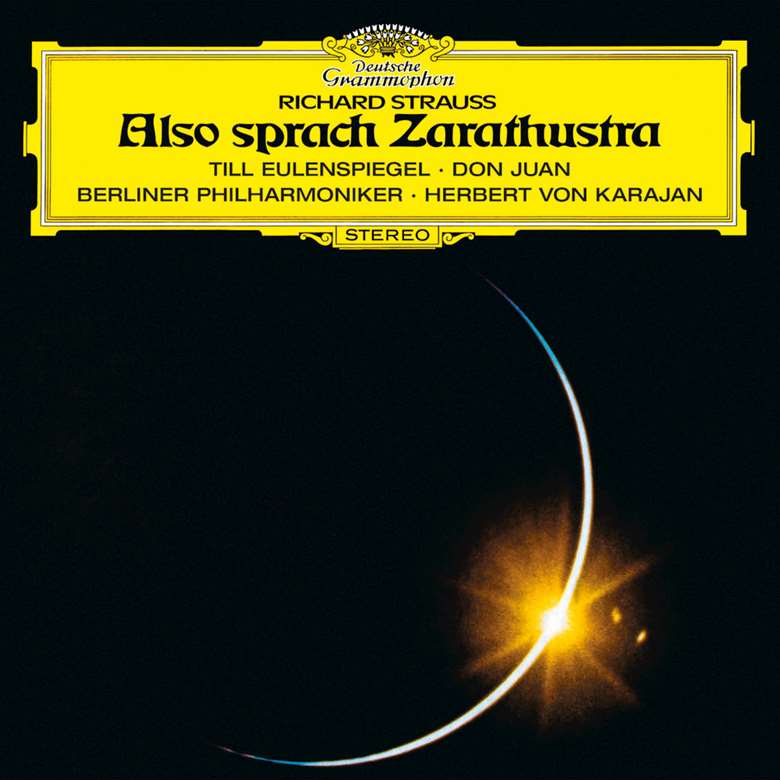
Old impulses prove impossible to extinguish. And the instincts of the musically literate must be to explain a composer’s extra-musical programme in terms of music, which in the case of Richard Strauss’s 1896 tone-poem Also sprach Zarathustra leaves us listening through two-way harmonic glass: the white-note harmony of C reflected against the distant borderland five sharps of B major.
Also sprach Zarathustra prepares to take its leave and the orchestra ascends towards the outer reaches of the cosmos. Celestial woodwinds, their piquant dissonances voiced to induce fluttering harmonic interference, spacewalk towards pure B major triads as earthbound lower strings outline the fading memory of a C‑centred motif – C‑G‑C – which, 30 minutes earlier, we heard climbing like a flash of pure primary colour through the trumpet section. Most writing, thanks to genius film director Stanley Kubrick, about Also sprach Zarathustra begins by considering that trumpet motif. Kubrick’s borrowing of Strauss’s orchestral introduction to underscore the opening of his 1968 film 2001: A Space Odyssey – the scene is set as the sun rises from behind the earth – remains one of the single most inspired link-ups between sound and imagery in cinematic history: good for film buffs but with unfortunate and unintended consequences for our understanding of Strauss’s music.
As he wrote, Strauss’s intellectual engagement with the philosophy of Friedrich Nietzsche inched him towards discovering sounds that felt germane and appropriate. Nietzsche’s 1883‑85 book Also sprach Zarathustra was a meditation upon man’s place within the cosmos. By 1882 he had already declared: ‘God is dead. God remains dead. And we have killed him. How shall we comfort ourselves, the murderers of all murderers?’ Lacking a superior governing moral authority, Nietzsche feared that Western civilisation would inevitably fragment and lose its way. The character of Zarathustra – who descends from a decade of self-imposed retreat on a mountainside to spread hard‑fought-for wisdom – is used to build a metaphor for Nietzsche’s fleshed-out ideas about God. Parallel forces of darkness and light regulate the behavioral tendencies of both man and the universe, he tells us, while Nietzsche’s belief in the concept of ‘eternal return’ posited the thought that time is cyclic. And for German philosophy, hitherto wedded to Hegel’s ideas of linear and teleological time, this was a radical moment of departure. Nietzsche explained the universe as looping forever back on its own imprint. Everything that will occur has already occurred, and will recur repeatedly across space and time.
Strauss plotted the compositional flight paths of his earlier tone-poems – Don Juan, Till Eulenspiegel, Tod und Verklärung – around explicit narrative markers but in Zarathustra the challenge was to transmute Nietzsche’s abstract, high-minded philosophy into musical specifics: enveloping tonal relationships, notes to be written on the stave. Strauss gestures us in by dramatising the raw physics of the harmonic series. Those open perfect fifths we hear rising through the trumpets are as fundamental to sound as the alphabet is to verbal reasoning. Contrabassoon, organ and double basses, aided and abetted by a bass drum roll, sustain a voluminous, subterranean low C that is both pre- and post-human. When civilisation collapses and man ceases to be a player, those fundamental tones will continue to vibrate, like before man ever existed; the universe forever looping back on its own imprint.
His trumpet line slips the semitone from E natural to E flat, and minor tonality is momentarily allowed to eclipse the C major of Zarathustra’s mountain sunrise, as Strauss summons the music of the spheres. Throughout Also sprach Zarathustra, C major symbolises the mysteries of the natural world while B (major and minor) becomes associated with humanity. An earworm motif – high, dancing, polytonal woodwind music – emerges from out of this tonal whodunnit to reappear in various guises. Strauss lifts our head into the stars as a slipstream of glistening woodwind cuts through the earth’s crust, and the next moment our listening perspective crashes down to earth and Richard meets Johann, a sepia dream sequence in a Viennese ballroom, a low-down vernacular dance form waltzing through the heavens – a moment where the mass thins out in favour of an individual voice symbolising Nietzsche’s concept of the Übermensch, a ‘superman’ who will transcend humans as humans transcended apes.
Strauss’s original subtitle – ‘Symphonic Optimism in fin de siècle form, dedicated to the 20th century’ – would ultimately be withdrawn but tells us something of his state of mind as he worked. The idea of ‘modern composition’, we were always reliably informed, had begun in 1913 with Stravinsky’s The Rite of Spring, and then Pierre Boulez rewound the start of the revolution back to Debussy’s Prélude à L’après-midi d’un faune in 1894; but Also sprach Zarathustra surveys the future too. Strauss’s compositional manipulation of the harmonic series gives us tempting glimpses of the thing itself – the sonic magma from which tonality is built – and predates the spectral harmonies of Iancu Dumitrescu and Horațiu Rădulescu by at least six decades. And a piece that could lock so much diametrically opposed material inside a musical structure was indeed prescient. Strauss was eyeing the dawn of a new century.
Endings and beginnings
Endings are beginnings are endings, everything that will occur has already occurred, and the chronological end turns out to be the best place to start – with the two most recent recordings, Andris Nelsons with the City of Birmingham Symphony Orchestra and Gustavo Dudamel with the Berlin Philharmonic, standing as telling case studies of where the interpretative history of Also sprach Zarathustra is at.
Everything about Dudamel’s performance, recorded at the Berlin Philharmonie in 2012, feels calculated and badly misjudged. Coupled with Till Eulenspiegel and Don Juan, the reference to Herbert von Karajan’s commanding 1973 record is explicit and unapologetic. Was this recording, as was widely reported at the time of its release, really Dudamel’s job application to replace Rattle in 2018? If so, I hope he interviews well. DG’s lame cover art – Star Wars-on-a-budget imagery of far-flung galaxies – raises fears that are soon enough realised by Dudamel’s veritably Alan Partridgean unveiling of Strauss’s mountain sunrise. Trumpets trumpet unlikeable vainglorious triumphalism, while the deliberate tempo has more to do with a cinematic rather than a concert-hall experience – the words ‘A long time ago in a galaxy far, far away’ instinctively scroll down before your eyes. This performance cakes itself in mythology: of both Karajan and Kubrick.
In the wake of Dudamel’s Berliners, Nelsons’s Brummies pump fresh air through the notes. For all Dudamel’s swagger, you wonder why an obvious glitch in the opening few seconds – the contrabassoonist re-attacking the low C, disrupting Strauss’s continuum of sound – was not subsequently patched. But Nelsons’s approach anyway feels immediately more nuanced, insightful and less eager to impress. His sunrise is sublime in the original, uncorrupted meaning of that word – an unfathomable beauty so awe-inspiring that it terrifies with the same intensity it beguiles. A sensibly paced tempo that refuses to let Strauss’s material become weighed down by its own import helps; and where Dudamel can’t help but transform the next section, ‘Von der Hinterweltlern’ (‘Of those in backwaters’), into champagne string schmaltz, Nelsons keeps a discreet distance, letting Strauss’s vibrant, alive harmony take the strain.
Rewind nearly 70 years to 1944 and, with the Vienna Philharmonic, you hear Richard Strauss himself deploying a not dissimilar interpretative strategy. When he gave the Berlin premiere of Also sprach Zarathustra in 1896, a few days after its first performance in Frankfurt, Strauss wrote: ‘I did not intend to write philosophical music or to portray in music Nietzsche’s great work. I meant to convey by means of music an idea of the development of the human race from its origin, through the various phases of its development, religious and scientific, up to Nietzsche’s idea of the Superman.’ And one of the first things to notice about Strauss’s version – which, no surprise, hammers another nail into the already doomed Dudamel interpretative coffin – is how the introduction is clean-cut and without airs. There is plenty of grace; but something about the stentorian tone Strauss extracts from the VPO puts you in mind of the preacher-man compressed concentration of Nietzsche’s prose style.
But, this is more historical frame-of-reference than anyone’s top-ranking choice. The phosphorescence of the VPO strings floats above the vinyl pops and crackle, and no orchestra at this time could have been better placed to portray the Viennese waltz section – idiomatic doesn’t even begin to describe the VPO’s lead violinist. Strauss keeps the structure taut to the point where you wish he would lend the final pages a little more breathing space, and the recording bunches Strauss’s multi-layered textures into a compacted middle range that proves unforgiving.
In 1935 Serge Koussevitzky and the Boston Symphony Orchestra cut the first recording of Also sprach Zarathustra, and it still stands up to scrutiny remarkably well. The BPO attack with a rougher grain than the VPO but Koussevitzky finds a greater emotional range than Strauss can muster. The insects-crawling detail of the string dominated fugue ‘Von der Wissenschaft’ (‘Of science and learning’) is nailed with precision normally associated with Bartók, and Koussevitzky unleashes waves of energetic tension as ‘Der Genesende’ (‘The Convalescent’) looms into view.
Vienna and Berlin
Herbert von Karajan’s 1973 recording with the Berlin Philharmonic is so immovably etched upon the collective consciousness that this comparative essay feels almost redundant – why would you not want a part of this slice of history? When Karajan went for a remake in 1983, again with the BPO, the fire had snuffed itself out: textures and dynamics are homogenised and inertia hangs heavy. Karajan’s 1959 dummy run with the Vienna Philharmonic (the recording Kubrick plundered) is very much work-in-progress. With more patches than the cloakroom of a Mayfair gentlemen’s club – and with the organ part inelegantly dropped on later – this grimly determined reading is heavy going.
But, in 1973, everything came right. The basic mood music is sombre, objectified, and an externalised beauty springs from Karajan’s detachment. His obsession with detail – making literal what many conductors approximate – is clear from the first bar, where Strauss’s low-end bass instruments are blended into a perfect sonic infusion, the bass drum roll somehow ‘inside’ the sustained tones of the other instruments. Karajan takes the introduction at a spacious and unhurried tempo and makes devastatingly creative use of Strauss’s dynamics – he seems to be the only conductor to have noticed that the trumpets begin p and there is no crescendo! Only when the rest of the orchestra enter does the dynamic level rise to f. Karajan plays that accented forte for all its worth – and the diminuendo to p and back again.
The controlled resonant echo of the recorded acoustic fits the orchestral sound like a particularly elegantly tailored glove. The string sound in this recording has too often been described in terms usually reserved for Mantovani, although ‘sumptuous’ and ‘opulent’ strike me as well-meaning but inappropriate words. Karajan’s strings never swoon and don’t decorate the air; during ‘Das Grablied’ (‘The song of the grave’) the rising first violins seemingly glide from out of the body of the orchestra, their softness cutting through the ensemble with considerable robustness. When lead violinist Michel Schwalbé begins to waltz, Karajan indulges in atom-splitting rubato and unearths another mislaid detail: a little harmonic glissando from another solo violin helps Schwalbé fly. Karajan’s control over the internal structural tempo relationships never falters. In terms of sheer conductor/composer empathy, this remains one of the most perfectly conceived and executed documents ever committed to disc.
And links between Also sprach Zarathustra and the Vienna and Berlin Philharmonic orchestras run deep, Strauss himself seeding ideas in 1944 that Karajan took to the moon in 1973. Rarely has a piece been so indelibly associated with orchestral history. In 1958 Karl Böhm recorded his version in the same venue, Jesus-Christus-Kirche in Berlin, as Karajan, and with Michel Schwalbé leading. Matters don’t get off to a promising start – Böhm detaches the first note of the trumpet fanfare from the rest of the phrase – but thereafter this is a typically clear-headed if slightly workaday performance. A live Böhm/BPO performance recorded at the Salzburg Festival in 1962 feels more driven and purposeful; the farewell woodwind chords depart like a delicate final breath.
Elsewhere, Lorin Maazel and the VPO in 1983, André Previn and the VPO in 1988 and Georg Solti and the BPO in 1996 scoop the cream off the top of Strauss’s orchestration, giving us vacant orchestral showcases (not even particularly well played in the case of Solti’s clumsy, structurally saggy attempt). If Solti is faulty, Strauss needs Krauss. Clemens Krauss was a Strauss intimate and his 1950 recording with the Vienna Philharmonic suffers from a curiously threadbare string sound, although the overarching structure never misses a beat.
Recorded in 1971, Rudolf Kempe with the Staatskapelle Dresden prioritises clarity of line and texture over the sort of structural forward thinking favoured by Krauss. This is a refreshingly individual reading: the fugal sections are academic and austere, but there’s a surprise as the waltz section turns decidedly macabre, with more than a hint of Saint-Saëns. While on the subject of German orchestras, Ferdinand Leitner with the Bavarian Radio SO produces a languid account, and you fear John Fiore and the Düsseldorf SO are about to follow suit. The recorded sound is little better than functional and dynamic levels become smudged. But Fiore subsequently finds his form in ‘The Convalescent’ and the performance becomes unexpectedly energised. Which is more than can be said for Gary Bertini and the Cologne Radio SO, patched together from two performances in different halls. A word to the wise: if you’re going to patch two organs together, best make sure their tunings match.
Stars and black holes – and a conclusion
Fritz Reiner returned to Also sprach Zarathustra often but it’s his 1954 recording with the Chicago SO that stands out. This isn’t flawless. The great climax section of ‘The Convalescent’ is underwhelming, a disappointment after the intensity of all that’s gone before. But Reiner’s professorial attention to motivic relationships gives a satisfyingly holistic account. Reiner’s star pupil Leonard Bernstein’s 1970 performance with the New York Philharmonic has moments of high drama – the 12 bell strokes at the end of the waltz section veritably holler – but the NYPO string sound is undernourished and the record feels prepared under pressure, lacking the customary Lenny love. Giuseppe Sinopoli gave the NYPO a more convincing workout in 1987. This is the most self-consciously modernist reading of the score around – even more so than Pierre Boulez’s woefully dull Chicago SO version – with Sinopoli finding Varèse-like screams and skyscraper blocks from within the Viennese excess. The fugues have extraordinary ascetic gravitas and the alert, driven NYPO woodwinds exist in another world from our usual view of Strauss. Herbert Blomstedt and the San Francisco SO in 1995 feel anonymous in comparison.
By now a pattern is emerging. Nelsons, Karajan (1973), Kempe, Sinopoli rather than Dudamel, Previn, Maazel, Solti et al, because they realise the dangers of Also sprach Zarathustra entrapping the conductorly ego. The score can make conductors sound great – but an Also sprach Zarathustra that forgets the Nietzsche part of the equation is doomed. It would be intriguing to know how many conductors approaching the piece bother to read Nietzsche’s book, because the sound and rhythms of his prose are as important to Strauss’s composition as the musical notation. Vladimir Ashkenazy with the Cleveland Orchestra and Andrew Litton with the Dallas SO drive the piece not to the stars but straight into a Hollywood film set; other black-hole performances, such as Neeme Järvi with the Scottish National Orchestra and Zdeněk Košler with the Slovak PO, rely on robust musicianship – but that’s not enough.
You start dealing with the paradox that Eugene Ormandy wove orchestral miracles, the specifics of which are soon forgotten, while a 1958 version by Dimitri Mitropoulos with the Concertgebouw Orchestra has an intensity that stays with you beyond the haphazard ensemble and botched entries. William Steinberg with the Boston Symphony Orchestra is deservedly admired and pitches up somewhere between these two extremes: juggernaut playing balanced by philosophical empathy. Which loops me back to my starting point. Karajan’s 1973 version is the place to begin any investigation into the recorded history of Also sprach Zarathustra. But I’m handing the ultimate accolade to Andris Nelsons, whose version embodies many of Karajan’s qualities while telling us lots we didn’t already know about this inscrutable, endlessly fascinating score. Nelsons is Superman.
Top Choice
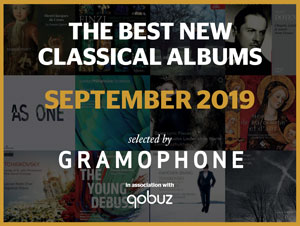
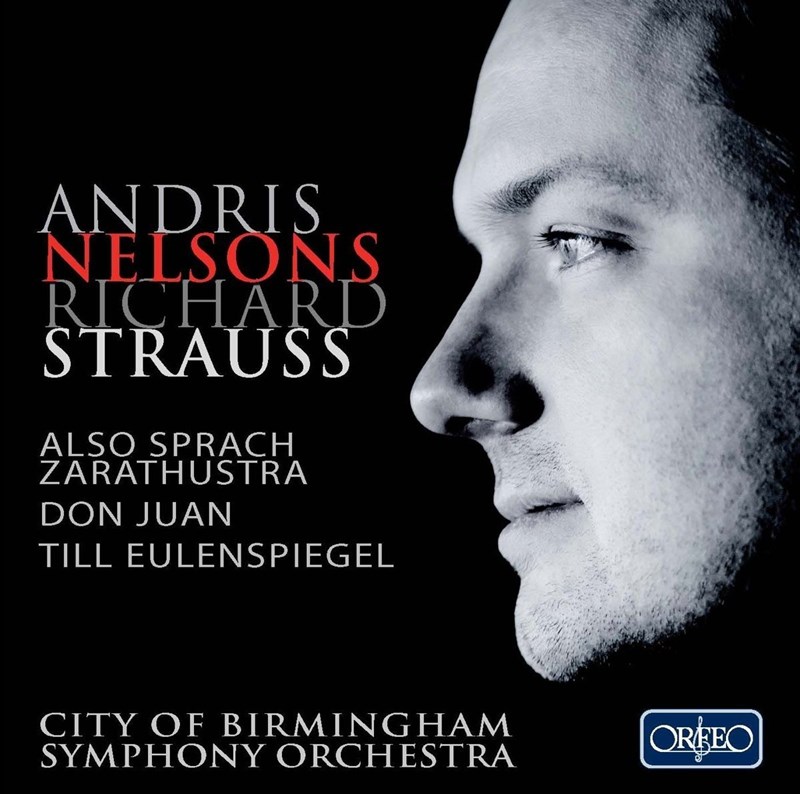
CBSO / Nelsons
Orfeo (C878 141A)
Andris Nelsons and the CBSO’s nuanced and sensitive performance is big on detail and interpretative insight – and thankfully short on histrionics.
The Classic
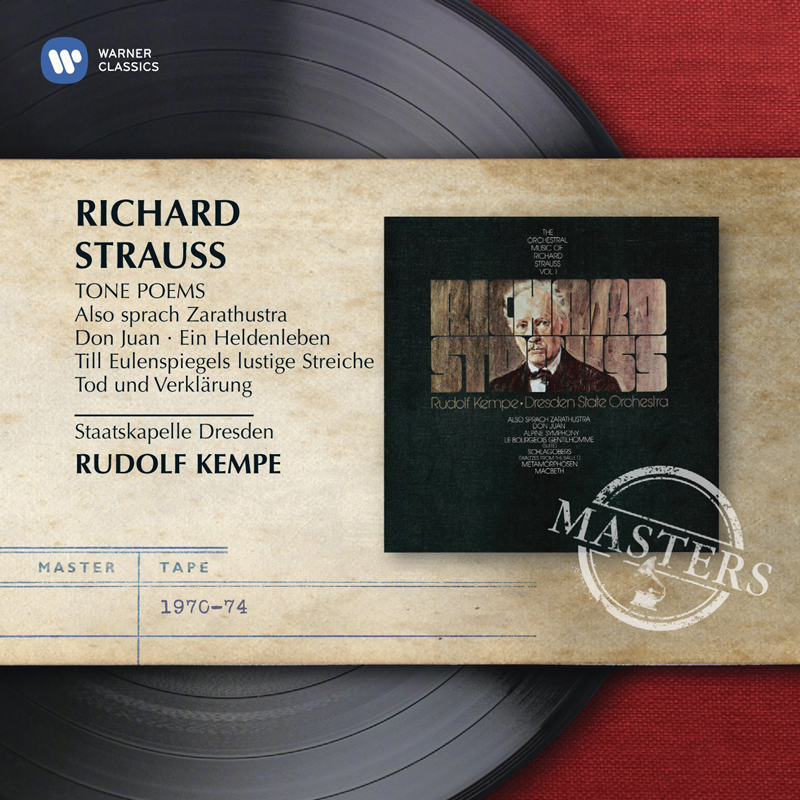
Staatskapelle Dresden / Kempe
Warner Classics (678312-2)
Kempe is full of surprises: the austere opening sections transform themselves into a violin waltz that dances with the chill of death.
The Unmovable Classic

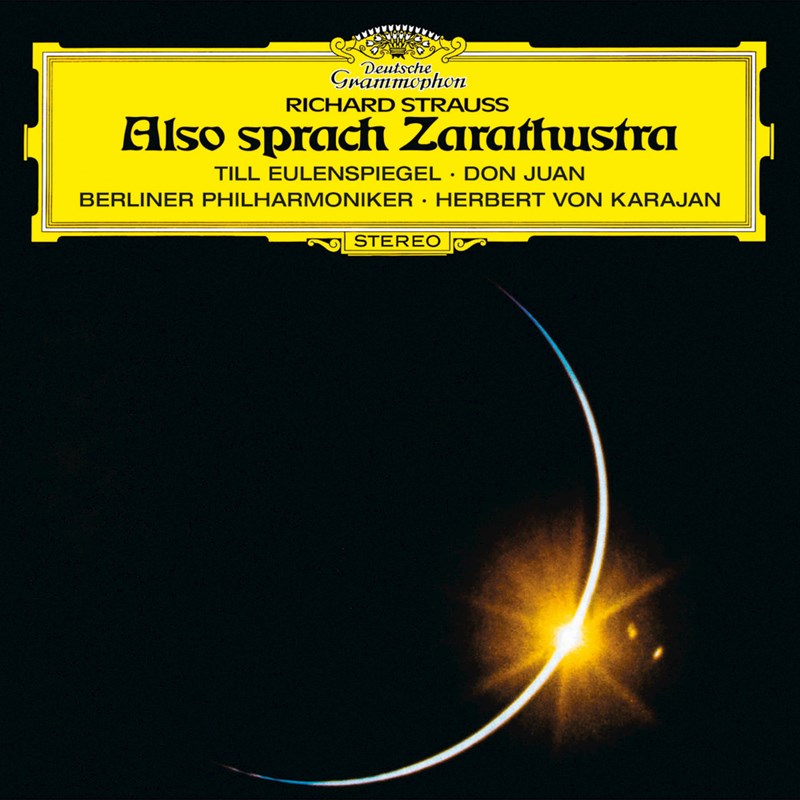
BPO / Karajan
DG (447 441-2GOR)
He defies gravity and refuses to be unseated. Karajan’s 1973 version is definitive in a way that few recordings are: a seamless meeting of minds between composer and conductor.
A Quirky Classic
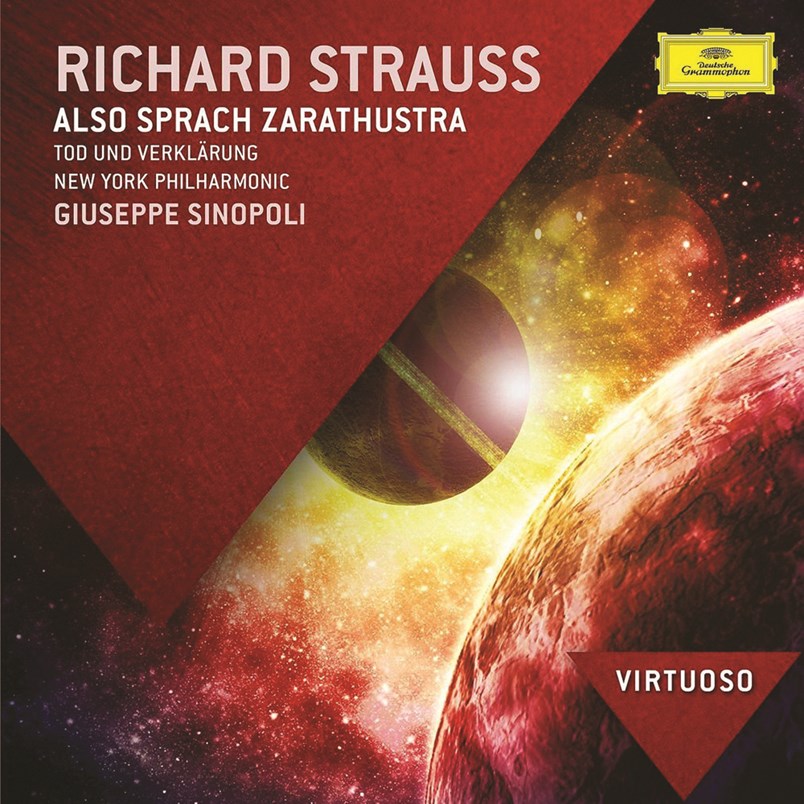
New York PO / Sinopoli
DG (478 5412GB)
Sinopoli’s view of the work as a slab of pure proto-modernism holds its nerve through thick and thin – bracing walls of sound and, at 37 minutes, the longest version on record.
Selected Discography
Date / Artists Record company (review date)
1935 Boston SO / Koussevitzky RCA 29026 60929-2 (2/36R, 11/92)
1944 VPO / Strauss Preiser PR90216
1950 VPO / Krauss Testament SBT1183 (1/51R, 10/00)
1954 Chicago SO / Reiner RCA 88697 68699-2; 88697 71287-2; Sony 88697 71263-2 (11/55R, 4/93R)
1958 BPO / Böhm DG 463 190-2GB3
1958 Concertgebouw Orchestra / Mitropoulos Orfeo C458 971B
1959 VPO / Karajan Decca 466 388-2DM (8/59R, 5/00)
1962 BPO / Böhm Testament SBT2 1489 (4/14)
1970 New York PO / Bernstein Sony SMK47626
1971 Staatskapelle Dresden / Kempe EMI 678312-2; Warner 431780-2; Brilliant 7591 (10/73R)
1971 Boston SO / Steinberg DG 463 627-2GOR (2/72R)
1973 BPO / Karajan DG 447 441-2GOR (1/96); 474 281-2GX2
1976 Bavarian RSO / Leitner Orfeo C555 011B
1983 BPO / Karajan DG 439 016-2GHS (8/84R)
1983 VPO / Maazel DG 427 821-2GDC (4/90 – nla)
1987 RSNO / N Järvi Chandos CHAN10206 (3/88R)
1987 New York PO / Sinopoli DG 478 5412GB; Eloquence 480 0411 (9/88R)
1988 Cleveland Orch / Ashkenazy Decca 425 942-2DH (11/90 – nla)
1988 Cologne RSO / Bertini Capriccio C71125; C7136
1988 Slovak PO / Košler Naxos 8 553244; 8 550182
1988 VPO / Previn Telarc CD80167 (10/88)
1995 San Francisco SO / Blomstedt Decca 478 4254DM2 (7/98R)
1996 Chicago SO / Boulez DG 457 649-2GH
1996 BPO / Solti Decca 452 603-2DH (5/97)
1997 Dallas SO / Litton Delos DE3225 (12/98)
2002 Düsseldorf SO / Fiore Hänssler CD98 476
2012 BPO / Dudamel DG 479 1041GH (12/13)
2012 CBSO / Nelsons Orfeo C878 141A (7/14)
This article was originally published in the 2014 Awards issue.




